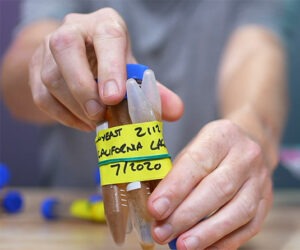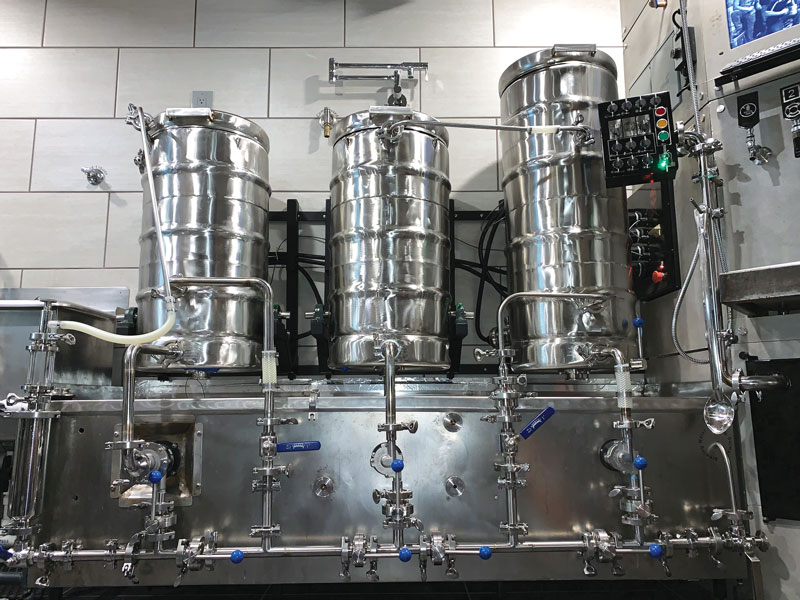Yeast Have Hearts
With six years experience as a yeast cell biologist, and 10 as a homebrewer, I appreciate the intricacies of yeast. These single-cell organisms have many notable attributes including the ability to make bread and beer, as well as being an excellent organism to study how human cells function. If you remember from high school biology class, cells are comprised of various compartments such as the nucleus (central region of activity, similar to a brain), the mitochondria (supplies energy), and the lysosome (destroys unwanted molecules), just to name a few. These general features of cells are also found in yeast and are one of the many reasons why they make great model organisms to use in biomedical research. Working as a cell biologist, I test the limitations of yeast every day. As a homebrewer, I’m doing the same thing. As home-
brewers, we are all scientists.
I began homebrewing soon after college when a friend introduced me to the process, but it wasn’t until I started my career that I truly appreciated the importance of yeast in the development of a beer’s character. I have found that the yeast strain used for fermentation has a major impact on the flavor and aroma of a beer. Two beers can be brewed with the same ingredients and fermented at identical temperatures, but taste and smell completely different when using different yeast strains. Check for yourself next time you brew a batch of beer; split it in half and ferment each with a different kind of yeast. You will be amazed how different the beers turn out and will understand exactly what I am talking about. This is why brewers more versed in the craft of brewing beer claim that yeast “make the beer,” we as brewers just provide the necessary ingredients. After years of using yeast in homebrewing, I completely agree. As
brewers, we just set the dinner table. The yeast “cook” the meal … and it tastes good!
What you might not know about yeast is that they have hearts. Well, not in the literal sense of course, but they do share similarities with the cells that make up the heart. Let me explain; a few years back my research mentor suggested I write a grant to the American Heart Association to ask for financial support for my yeast cell biology research. At the time, I thought he was crazy. How was I supposed to convince the American Heart Association that yeast could be used to study heart disease? They don’t even have hearts! As it turns out, with some hard-nosed research and a little creativity, it wasn’t as crazy as it seemed. My research uncovered that quite a few of the basic processes that occur in yeast also occur in human heart cells. For instance, the way human cells take in nutrients like calcium, sodium and potassium share many similarities to yeast cells. When specific defects in this process occur in cells found in the heart, it leads to problems with the frequency of heartbeats and, in extreme cases, life-threatening arrhythmias can occur. This similarity as well as many others proved to me that yeast is an invaluable tool in heart disease research.
As it turned out, the American Heart Association found my cell biology research in yeast as important to the advancement of heart disease research as I did. In fact, they liked it so much that they continued to fund my research for three years!
Next time you pitch yeast into your fermenter, know that these microscopic organisms are capable of so much more than fermenting your favorite homebrew.
Happy brewing, scientists.



